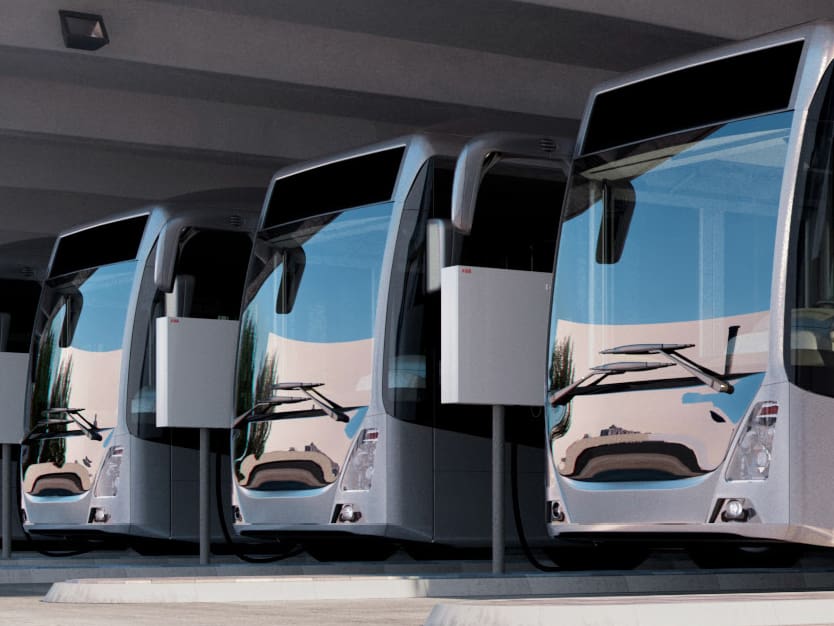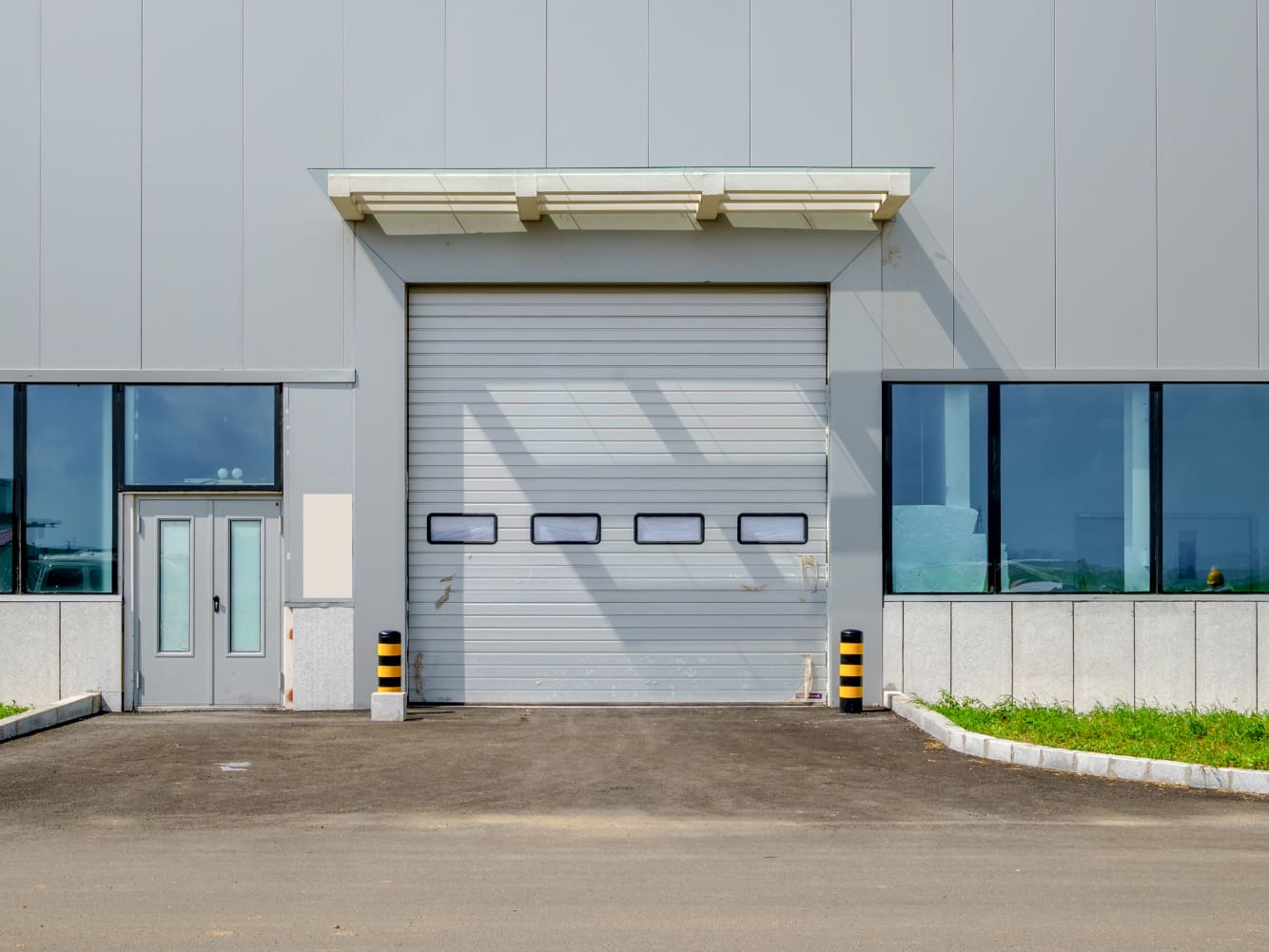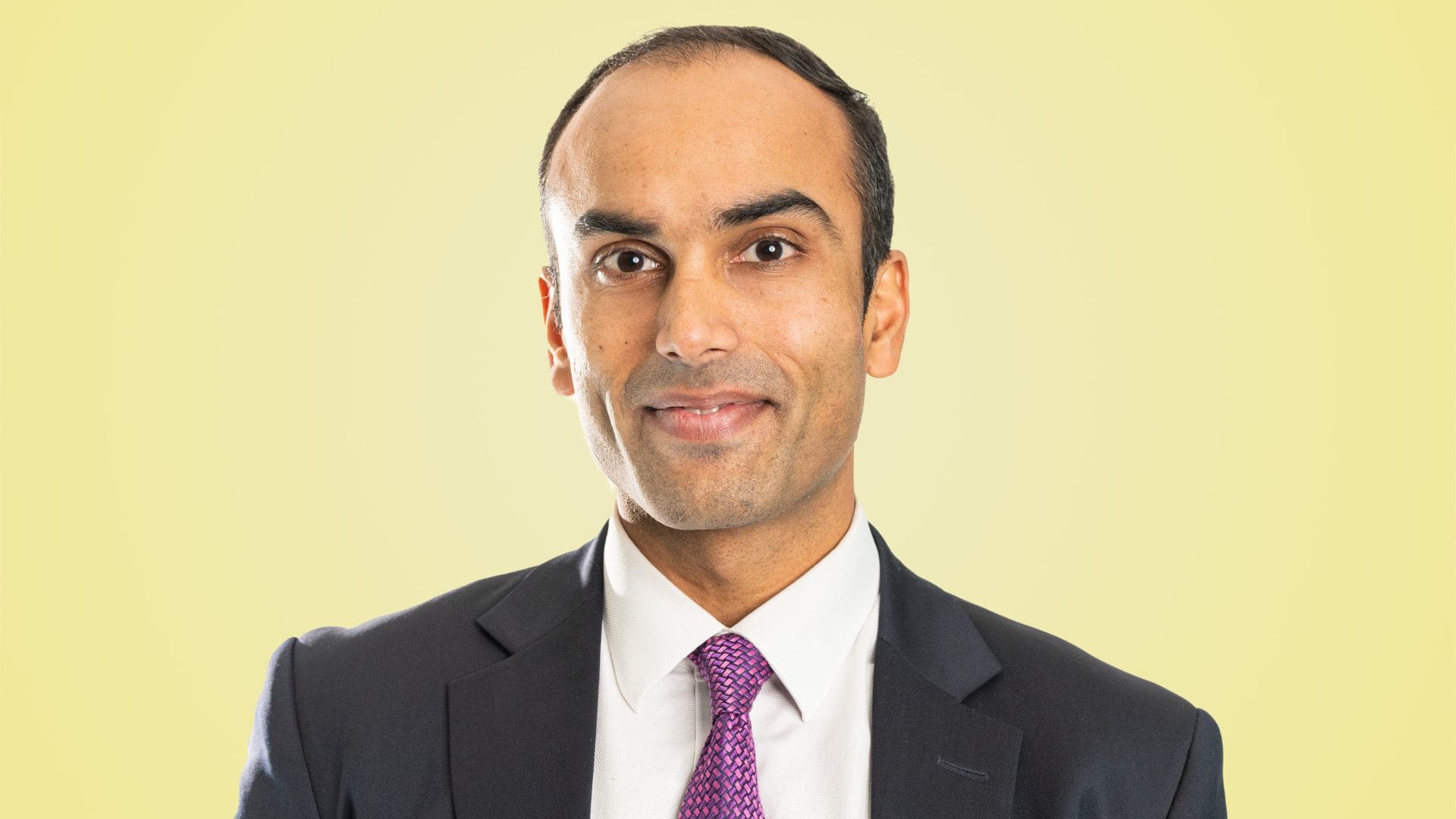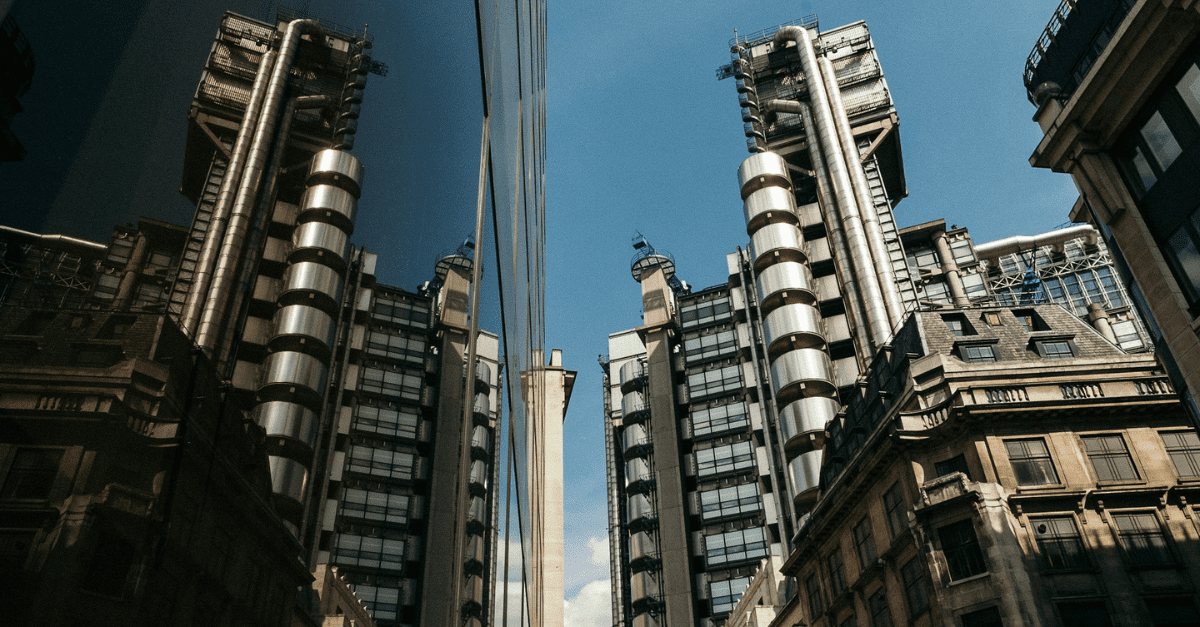ESG Innovation and Trends
ESG (Environmental, Social, and Governance) initiatives are reshaping industries in exciting ways, bringing real environmental, economic, and operational benefits. From renewable energy and automation to electric vehicles (EVs), businesses are embracing sustainable practices that reduce emissions, cut costs, and improve efficiency.
For property underwriters and brokers, these changes open the door to new opportunities to support clients on their sustainability journey. Roof-mounted solar panels, warehouse automation, and EV technology infrastructure are great examples of ESG innovation driving progress. But they also present unique challenges, introduce inherent physical risks and often come with higher repair costs due to specialised materials and technologies.
As local building codes increasingly reflect ESG priorities, property insurance coverages such as “Upgrade to Green” are likely to become more relevant to clients and will have greater influence in the insurance purchasing process. While sustainable building practices may mean higher upfront costs for insurers, they also push the industry to evolve and adapt in a way that aligns with the changing world.
– Charles Tinworth, Senior Underwriter, D&F Property
Harnessing the Sun’s Power
Roof-mounted solar panels are rapidly becoming a popular solution for commercial and industrial buildings, empowering businesses to significantly lower energy consumption and reduce operating costs. Whether seamlessly integrated into new construction projects or retrofitted onto existing properties, solar photovoltaic (PV) systems are a cornerstone of sustainable energy practices, helping businesses align with environmental goals while enjoying long-term financial benefits.
Of course, like any innovation, solar panels come with their own set of challenges that need to be managed. Recent high-profile incidents have highlighted the importance of proactive maintenance and safety measures. Fire investigations revealed how faults in solar installations can lead to significant hazards if not properly managed, emphasising the need for regular inspections and robust safety protocols.
Roof-mounted PV systems add some complexities because they introduce an ignition source and a combustible loading to buildings. Faulty installation or defective components (such as inverters or wiring) can lead to electrical issues that, in rare cases, might spark fires. These risks, however, can be minimised with high-quality installations, regular inspections, and working with trusted experts. It’s also worth noting that extreme weather and other environmental factors need to be considered when assessing the suitability of installing roof-mounted PV systems. For firefighters, solar panels can make tackling a fire more challenging, as they can’t be easily disconnected from their power source and can increase the risk of electric shock. Panels also add weight to roofs, which may lead to a collapse in certain situations.
One notable example of a fire incident involving solar panels occurred in 2024 in Peterborough, UK, where a fire broke out on the roof of a 45,000m2 commercial warehouse. It took eleven fire engines, a water carrier, an aerial appliance and over 50 firefighters to eventually bring the fire under control. But as awareness of these challenges grows, so do solutions. Engineers and fire safety teams are collaborating to make systems safer and easier to manage in emergencies.
Solar panels catch fire at £70m Lidl distribution centre in Peterborough
Recommendations for PV installations
To effectively manage the risks of PV systems, property insurers can also encourage clients to adopt specific safety measures, such as:
Hiring qualified contractors for installation
Proper installation of solar panels is critical to avoid risks such as electrical faults or roof damage. Hiring certified professionals ensures adherence to safety codes and industry standards, reducing the likelihood of future malfunctions and ensuring long-term system performance.
Informing local fire services
Notifying the local fire service about the installation of solar panels ensures that first responders are aware of the system’s presence during emergencies. Firefighters can respond more effectively and safely during emergencies, preventing delayed firefighting due to the presence of solar panels and reducing damage.
Conducting regular safety inspections
Routine inspections help identify issues such as faulty wiring, damaged panels, degraded components or rodent/pest damage that could lead to fires or system failure. Ongoing inspections prevent potential hazards before they escalate, improving both system efficiency and overall safety.
Maintaining emergency electrical disconnection plans
Having a clear plan for disconnecting the solar system in the event of an emergency ensures that the power can be safely shut off. This is crucial for minimising electrical shock risks to both occupants and emergency personnel.
Appropriate spacing and separation of panels
Adequate spacing between solar panels and surrounding objects, including other panels, reduces the risk of overheating, fire, and access challenges for maintenance or firefighting.
Discouraging installation of panels on combustible roofs
Where possible, businesses should not install panels on combustible roofs because of the high loss expectancy in the event of a fire. If panels are a requirement, businesses should first replace the roof with a non-combustible material to manage the risk.
The New Robotic Workforce – Smart Warehouses
As technological advancements transform the manufacturing and storage sectors, automation has become a central driver of increased efficiency and streamlined operations. Automated Mobile Robots (AMRs) autonomously navigate warehouse floors, handling tasks such as transporting goods or assisting with picking and packing.
In parallel, Automated Storage and Retrieval Systems (ASRS) are sophisticated systems designed to store and retrieve products automatically, often using vertical lift modules, carousels, or cranes to maximise space utilisation. Both AMRs and ASRS contribute significantly to improved productivity, accuracy, and cost-effectiveness, while reducing manual labour.
Beyond operational improvements, these systems also support sustainability goals, offering more efficient energy usage, lower energy consumption, reduced carbon footprints, and minimised operational costs. By enhancing accuracy, they also help decrease material waste, further contributing to long-term environmental benefits.
However, despite their many advantages, the adoption of AMRs and ASRS have introduced new hazards to commercial and industrial buildings. These systems tend to increase storage capacity, which raises the fire load per square-metre, complicating fire prevention. Traditional fire suppression methods, such as sprinklers, may become less effective in automated warehouses.
Additionally, the reliance on lithium-ion batteries for ASRS introduces risks such as thermal runaway, a dangerous condition in which the battery generates excessive heat.
The dense layouts and intricate robotic operations make it harder to locate fire sources, leading to complex firefighting operations and increased potential for business disruptions. High-profile incidents, for example, Ocado’s 2019 warehouse fire in Andover and the 2021 fire in London both involving ASRS, illustrate the challenges of addressing fires in such environments.
These events underscore the need for comprehensive risk assessments tailored to the unique dangers posed by automated warehouses. Beyond the physical aspect, it’s important to consider how the integration of smart technologies in buildings, such as Internet of Things (IoT)-based energy management systems, can expose buildings to cybersecurity risks.
While rare, disruptions to automation systems or building controls by hackers could lead to operational or financial impacts. Businesses can mitigate these risks with robust cybersecurity protocols, ensuring the seamless and secure operation of their advanced technologies.
Solutions to smart warehouse risks
To mitigate the increased risks of ASRS & AMRs, clients should consider:
Only introducing ASRS to buildings with non-combustible construction.
Ensuring the ASRS system is operated in accordance with the manufacturer’s guidelines.
Using non-combustible containers for the AMRs to locate and move, where possible.
Installing adequate fire detection and sprinkler systems, which adhere to appropriate design standards (e.g. FM Global, Property Loss Prevention Data Sheets).
Adding adequate firewalls (ideally with at least a 4-hour fire resistance rating) to create structural division in buildings.
Notifying the local fire service of the presence of ASRS to enable more effective emergency response plans to be developed.
Electrical Vehicle Fire Risks: Separating Fact from Fiction
Electric vehicles (EVs) are changing the automotive landscape, with the global market projected to exceed 30 million units by 2028. Government incentives, alongside the environmental and economic benefits EVs offer, are driving this shift toward a more sustainable future.
The rise of EVs presents an impactful route to reduce greenhouse gas emissions and transition to cleaner energy alternatives. While concerns about lithium-ion battery fires have been raised – particularly in transit operating depots and manufacturing plants – data shows that EVs are statistically far safer in terms of fire risk than traditional internal combustion engine (ICE) vehicles.
Battery-related fires, while rare, can result from manufacturing defects, improper use, overcharging, or physical collisions. These issues create stress on the battery, sometimes referred to as “abuse,” which can lead to degradation or fires (as shown in Figure 1):
Figure 1: Covered car parks: fire safety guidance for electric vehicles (Source: publishing.service.gov.uk)
Fire Protection Measures
While fires in EVs are less frequent than those in ICE vehicles, they tend to spread rapidly, generating intense heat and releasing toxic fumes. A major concern for property insurers is the risk posed by EV depots, where fires can easily spread between parked vehicles.
For instance, a report by GenRe highlighted several incidents, including a 2021 depot fire in China that destroyed five electric buses, and another in Germany where a technical defect in an electric bus led to a fire that engulfed 25 vehicles.
Another growing challenge is for car manufacturers as they integrate more battery packs into vehicles on production lines. The priority is to quickly remove compromised vehicles; however, the complex layouts of older manufacturing sites, which were built long before lithium-ion batteries became common, can complicate these efforts.
Extinguishing an EV battery fire can be resource-intensive, sometimes requiring up to 150,000 litres of water. However, recent advances in risk management have introduced tools that can pierce the battery casing and inject water directly, drastically reducing the amount of water needed. Early tests of these methods have shown promising results, offering a more efficient way to manage battery fires.
Analysis by salary sacrifice specialist Tusker of its fleet of 30,000 EVs found that while EV fires are an increased hazard once the battery starts burning, EVs are 20 times less likely to catch fire than ICE vehicles.
As EV technology continues to advance, we can expect further safety improvements, such as batteries that are more resistant to fire, early warning systems for battery fires and more sophisticated approaches to deal with the fires when they occur.
However, underwriters should consider the concentration of values in vehicle depots and manufacturing plants, the high fire load and the risk of batteries catching fire, and whether the insured has taken appropriate fire protection measures. As in all situations, sensible approaches can include charging and storing EVs outside or in separate buildings.
Conclusion
– Charles Tinworth, Senior Underwriter, D&F Property
ESG-driven innovations present exciting opportunities for commercial properties, delivering significant benefits such as increased sustainability, energy efficiency, and compliance with evolving regulations.
These advancements also introduce unique risks associated with green technologies and renewable energy systems, but with careful planning, these can be effectively managed.
Insurers have a pivotal role to play in supporting clients on this journey, helping them navigate these changes while ensuring tailored coverage for any emerging risks. By collaborating with specialist property risk surveyors and underwriters, property insurers can provide expert guidance and proactive solutions, empowering clients to embrace ESG initiatives with confidence.
Looking ahead, our Direct & Facultative (D&F) Property team offers a robust lead proposition with initial rating and alternative perspectives when needed. We deliver more than just answers – we deliver clarity, confidence, and seamless results, reinforcing our ambition to lead the market.
Direct and Facultative Property at IQUW
Our Direct & Facultative Property offering is far-reaching in scope and focused on long term partnerships with clients who are committed to risk management and invest in their own risk and safety protection.
Our experienced team provides a market leading service, through underwriter engagement and prompt decision making. Our aim is to build and maintain meaningful long-term relationships with our clients to ensure mutual stability through the market cycle.
We have the ability to write in over 200 territories and provide products that cover multiple different industry classes.
Empowering our brokers through seamless service
For (re)insurance brokers who place a diverse range of property and specialty risks, IQUW is a multi-line property and specialty (re)insurer at Lloyd’s. We make broking easier by providing a frictionless service that intelligently combines data, insights and automation with underwriting expertise and service excellence to provide swift, informed decisions to help brokers enhance their proposition and close business fast.
We aim to make every risk seamlessly simple.











